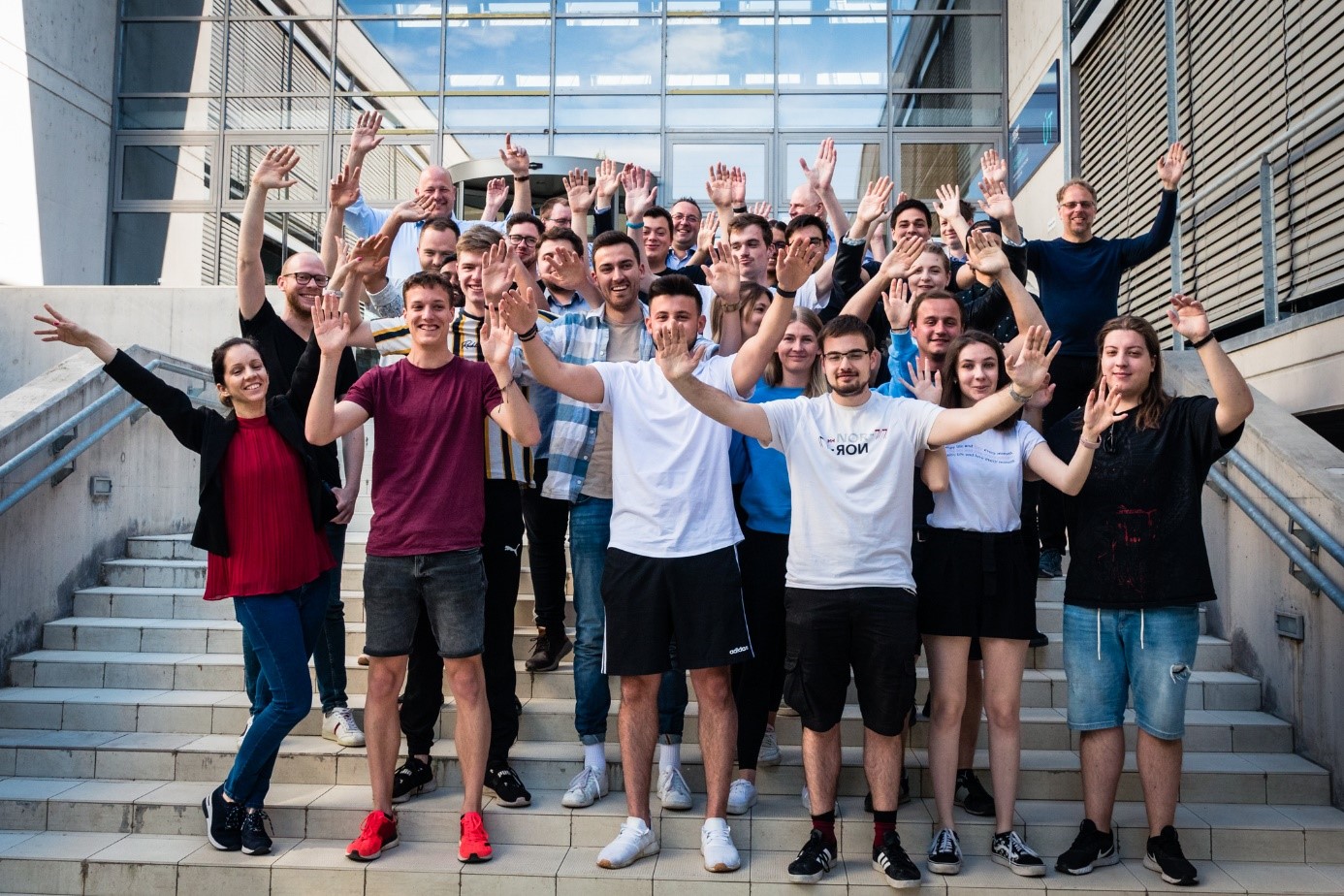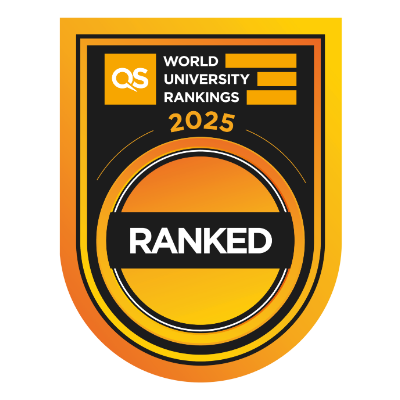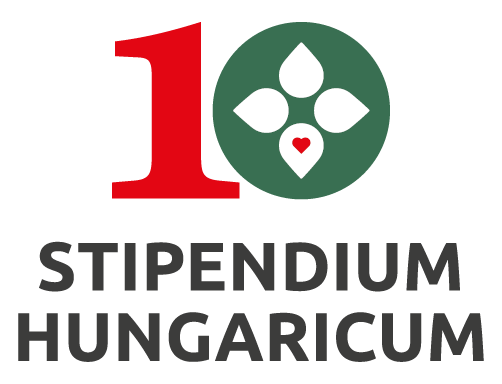Transport engineering students conducted research together with young Germans
Every year, Széchenyi István University and the University of Applied Sciences of Ostfalia cooperate in a programme in which Hungarian and German students work together to find the answer to a specific transport problem. This year, the week-long competition was held in Győr, where young people were invited to submit traffic proposals related to the institution's campus.
"We have a long-standing and excellent relationship with the University of Ostfalen, and our joint programme offers young people from Germany and Hungary professional development opportunities and an international perspective on their current knowledge in their fields," said Dr Balázs Horváth, Dean of the Faculty of Architecture Civil Engineering and Transport Sciences at Széchenyi István University, who himself spent a semester as a student at the German institution. He added that students could see how what they have learned is taught in another country, with what emphasis, and how they can apply the knowledge acquired.
 Students and lecturers of Széchenyi István University and the University of Applied Sciences of Ostfalia on the Győr campus (Photo: Csaba József Májer)
Students and lecturers of Széchenyi István University and the University of Applied Sciences of Ostfalia on the Győr campus (Photo: Csaba József Májer)
In odd-numbered years, ten Hungarian students visit Germany, while in even-numbered years, ten German students come to Győr. So this year, Széchenyi University hosted the students from the Ostfalian University. During the one-week stay, the students worked in mixed teams, visited the sites concerned, developed their proposals and presented their ideas on the problem to be solved on the final day.
Most recently, a disused tram stop in Germany had to be reimagined functionally, and this year's task was to improve transport between the central campus in Győr and the University's External Hall of Residence.
The young people competitively presented their presentations, which were assessed by lecturers from the two universities in terms of professionalism, feasibility and sustainability.
Dr Horváth explained that every year new students are involved in the programme, which is mainly aimed at transport engineers, but there have been years when a good number of civil engineering candidates have also been represented. The Dean stressed that in addition to gaining practical experience in solving current professional problems, the young professionals studying at the two universities will also have the opportunity to compete in an international environment and develop valuable contacts.
"It has been an extremely useful week and I found it particularly exciting as students to have the task of dealing with an issue that affects students. We dove into the topic and came up with alternative proposals that would make transport between the External Hall of Residence and the campus easier," said Ashok Mallineni, a student at the University of Eastphalia. Among the solutions proposed, he mainly mentioned sustainable, green transport alternatives that would reduce car traffic and increase cycling and public transport.
"I was very positively impressed by Széchenyi István University, whose campus in Győr has everything you could possibly need during your university years. Learning, entertainment and community life are all provided in one place, and the proximity of the rivers adds a special atmosphere," said the visiting student in response to our question. He said that the city centre of Győr is also fascinating, and he liked the car-free pedestrian zone the most. He said that the week was very useful for him, not only in a professional sense but also in terms of networking.
Kinga Kiss, Ashok's Hungarian teammate, was equally positive about the time spent together: “Working with foreign students was exciting and enlightening, because I got to know a different approach. It was interesting to learn from the foreign students because I got to see a different perspective on a problem.” She added that the joint work has also led to very good contacts, which give them the opportunity to discuss professional issues with each other in the future.











